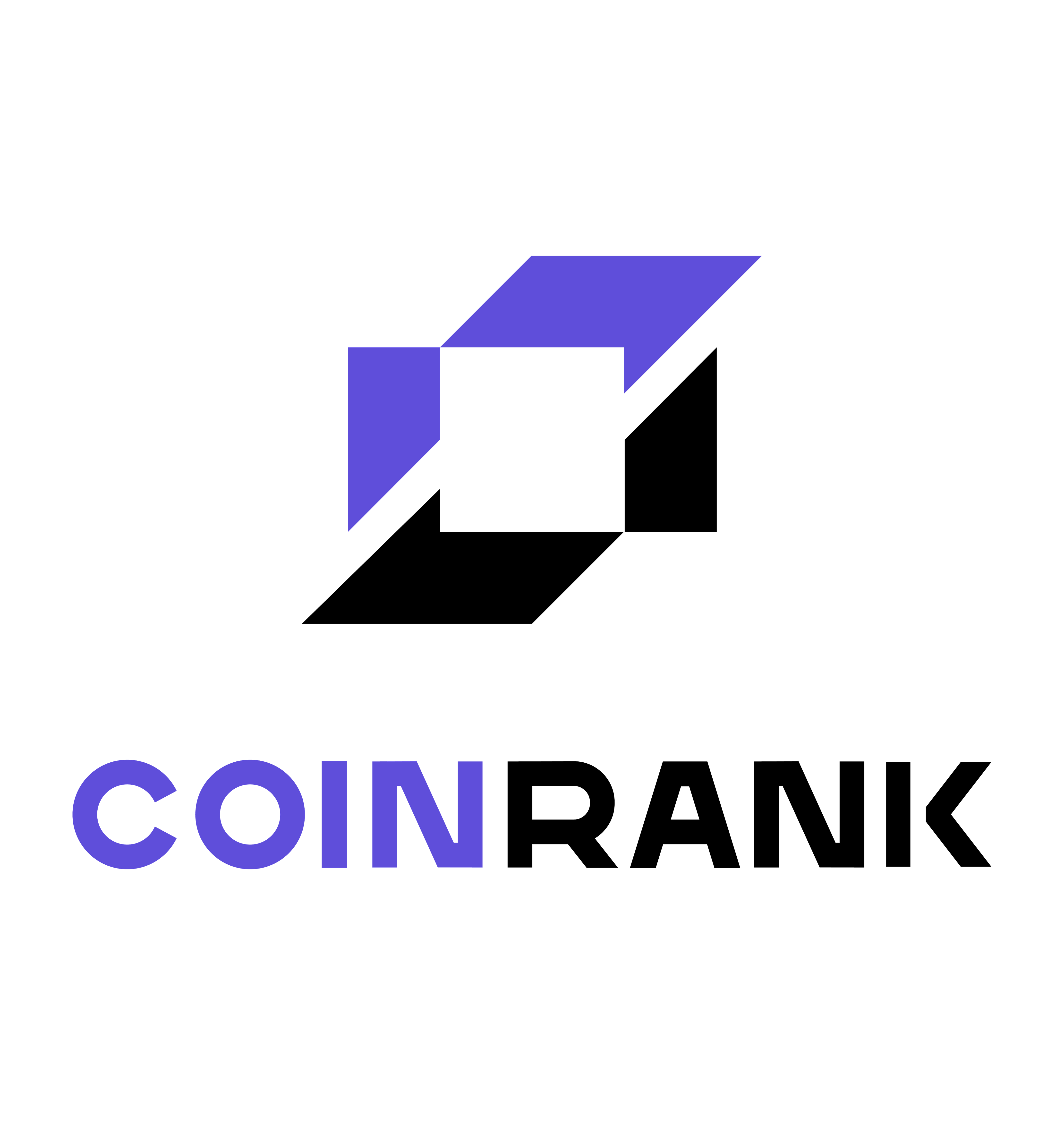
KEYTAKEAWAYS
- Liquidity pools enable decentralized trading by replacing traditional order books, allowing users to earn fees by providing cryptocurrency pairs to DEX platforms.
- Liquidity providers earn through two main channels: transaction fees from trades and protocol incentives in the form of native tokens.
- Understanding impermanent loss is crucial before participating in liquidity mining, as price fluctuations can result in lower returns than holding.

CONTENT
In traditional centralized exchanges (such as Binance and Coinbase), the exchange acts as an intermediary, facilitating transactions between buyers and sellers. For example, if you want to swap ETH for USDT, your order is added to an order book, where the exchange finds a seller willing to trade USDT at the same price to complete the transaction.
However, decentralized exchanges (DEX) operate without centralized intermediaries or order books. Instead, they rely on liquidity pools to facilitate automated trading.
WHAT IS A LIQUIDITY POOL?
A liquidity pool is a smart contract-managed fund composed of cryptocurrencies deposited by users. It is the foundation of a decentralized exchange, providing liquidity for various crypto trading pairs.
Example:
Imagine an ETH/USDT liquidity pool. This pool contains both ETH and USDT, deposited by users known as liquidity providers (LPs). Once ETH and USDT are added to the pool, it enables traders to swap between these assets instantly.
When a user wants to exchange ETH for USDT (or vice versa), the transaction does not require matching with another buyer or seller but is instead executed directly with the liquidity pool. The balance within the pool adjusts according to an Automated Market Maker (AMM) algorithm to maintain price equilibrium.
Without liquidity pools, DEX platforms would not be able to function efficiently.
WHAT IS LIQUIDITY MINING?
Liquidity mining refers to the process where users provide liquidity to a DEX (such as Uniswap, Curve, or PancakeSwap) by depositing trading pairs into liquidity pools. In return, they earn a share of transaction fees and protocol rewards, usually distributed in the form of native tokens.
In simple terms, you supply liquidity to the pools, and the protocol rewards you for it.
HOW LIQUIDITY MINING WORKS
Providing liquidity
Users must deposit two cryptocurrencies (usually a trading pair like ETH and USDT) into a liquidity pool in a fixed ratio. For example, if you want to provide liquidity for Uniswap’s ETH/USDT pool, you must deposit an equal value of ETH and USDT at the current market price.
Receiving liquidity provider tokens (lp tokens)
After depositing funds, users receive Liquidity Provider Tokens (LP Tokens) as proof of their share in the liquidity pool. If you contribute 10% of the ETH/USDT pool’s liquidity, you will receive LP Tokens representing 10% of the pool.
These LP Tokens can be used to redeem your share of the pool and can also be utilized in certain DeFi protocols for yield farming, where they are staked to earn additional rewards.
Earning rewards
-
Transaction Fee Distribution:
- Every time a trade occurs within the liquidity pool (e.g., swapping ETH/USDT), the protocol collects a transaction fee (typically 0.3%) and distributes it proportionally to liquidity providers.
-
Protocol Incentives:
- Many DeFi platforms offer native token rewards to attract liquidity providers. For example, Curve rewards liquidity providers with CRV tokens as an additional incentive.
SOURCES OF EARNINGS AND POTENTIAL PROFITS
- Transaction Fees: The primary source of earnings from liquidity mining, which depends on trading volume. The higher the trading activity, the more fees earned.
- Platform Token Incentives: Some popular platforms distribute native tokens to incentivize liquidity provision. For example, Uniswap initially distributed UNI tokens to attract liquidity providers.
While liquidity mining offers potential earnings, it also carries significant risks.
Impermanent loss
This is one of the most crucial yet often overlooked risks in liquidity mining. When the price of deposited assets fluctuates significantly, the total value of the liquidity provider’s assets may become lower than simply holding the cryptocurrencies.
Example:
Suppose you add liquidity to an ETH/USDT pool when ETH is priced at $2,000, but later, ETH rises to $4,000. Due to the automated balancing mechanism, some of your ETH is converted into USDT, reducing the amount of ETH you hold.
As a result, your total asset value may be lower than if you had simply held ETH instead of providing liquidity.
DEX platforms rely on smart contracts, which may contain vulnerabilities. If a contract has security flaws, it can be exploited by hackers, leading to potential loss of funds. Several past DeFi exploits have resulted in liquidity pool funds being stolen.
If the liquidity in a pool decreases drastically, it can lead to high slippage, increasing transaction costs and negatively impacting returns。
CONCLUSION
Liquidity mining is a fundamental aspect of the DeFi ecosystem, providing efficient trading solutions while offering earning opportunities for liquidity providers. However, before participating, it is essential to thoroughly understand both the potential rewards and risks and align strategies accordingly.
For newcomers to DeFi, it is advisable to start with small investments, familiarize yourself with how liquidity pools work, and then gradually scale up participation.


















